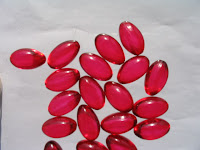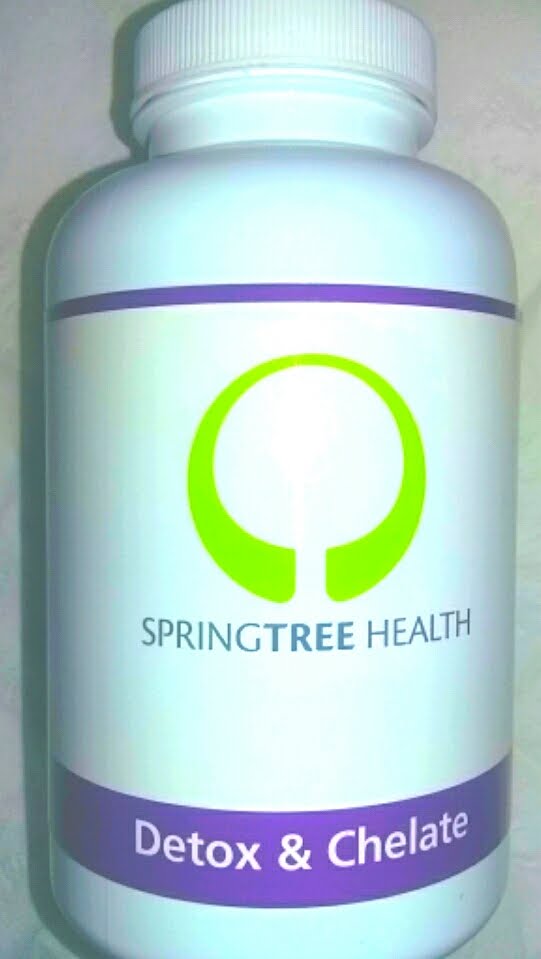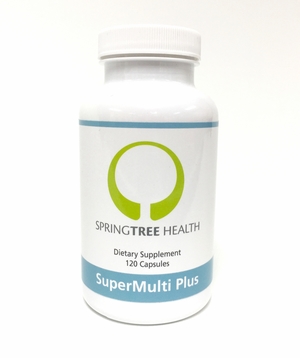Astaxanthin occurs naturally in nature. It is a carotenoid, a pigment, which means it gives color in the organisms that it appears in. The majority of red, orange and yellow plants, as well as flowers and fruits with red, orange and yellow coloring, derive their color from astaxanthin. Birds, fish and insects who eat foods rich in astaxanthin also derive their coloring from the pigment.
Astaxanthin occurs in photosynthetic plants and plays an important role in the photosynthesis process (the process by which plants ingest carbon dioxide and produce oxygen). It also occurs in some simple bacteria and algae which do not engage in photosynthesis, where it serves to protect these simple organisms from light and oxygen. Most pink or red plants have high levels of astaxanthin, and animals who eat astaxanthin-rich foods also have a pinkish color.
Shrimp, crawfish, crabs, lobsters, krill and other crustaceans are high in astaxanthin. Wild salmon also has high levels of astaxanthin. It is also found in trout.

Commercially produced astaxanthin may be derived from natural sources, such as the microalgae Haematococcus pluvialis, which is the primary natural source, or the pink yeast Xanthophyllomyces dendrorhous. It may also be extracted from byproducts of crustaceans such as krill and shrimp. It also can be chemically synthesized.
 The secret that makes astaxanthin such an potent antioxidant is that it is both fat soluble and water soluble. Most antioxidants are either one or the other, which causes some to be better for your heart, some for your eyes, some for your immune system, etc. So this antioxidant can go anywhere in your body, and can even go to areas of the body where others can't. Astaxanthin has up to 500 times the antioxidant power of vitamin E, and 6,000 times stronger than vitamin C.
The secret that makes astaxanthin such an potent antioxidant is that it is both fat soluble and water soluble. Most antioxidants are either one or the other, which causes some to be better for your heart, some for your eyes, some for your immune system, etc. So this antioxidant can go anywhere in your body, and can even go to areas of the body where others can't. Astaxanthin has up to 500 times the antioxidant power of vitamin E, and 6,000 times stronger than vitamin C.Though astaxanthin is a carotenoid, like beta-carotene, lutein, and canthaxanthin, its unique structure allows it to work differently than the other carotenoids. Astaxanthin is a powerful anti-inflammatory, acting on at least 5 inflammatory pathways, and can handle far more free radicals at any given time than other antioxidants.
The combination of its high-potency antioxidant and anti-inflammatory properties allows it to address a vast array of health concerns, including joint problems such as rheumatoid arthritis, carpal tunnel syndrome and tennis elbow; protection from UV radiation, improving skin health; improved athletic performance; heart health; brain health, including protection against age-related dementia; and protection against age-related macular degeneration—the most common cause of blindness in the US.
 Over the last few years, there have been at least 17 studies on brain health showing that astaxanthin protects neurons, and can slow the effects of age-related cognitive decline, as well as decline in psychomotor functions. Studies have also shown that it improves blood flow and decreases blood pressure. It’s very beneficial to your heart’s mitochondria membranes, and can have a positive effect on blood chemistry, increasing HDL (the good cholesterol), and decreasing triglycerides.
Over the last few years, there have been at least 17 studies on brain health showing that astaxanthin protects neurons, and can slow the effects of age-related cognitive decline, as well as decline in psychomotor functions. Studies have also shown that it improves blood flow and decreases blood pressure. It’s very beneficial to your heart’s mitochondria membranes, and can have a positive effect on blood chemistry, increasing HDL (the good cholesterol), and decreasing triglycerides.
There seems to be no or very little toxicity associated with astaxanthin. “We really have not seen any kind of adverse reactions or negative effects on people taking astaxanthin,” Dr. Cysewski, an expert on astaxanthin, says. “There have been some acute toxicity studies done [with] as high as 50 or 75 milligrams dosage per day. No bad effects.”
The most common doses are 2-4 mg per day, though some with chronic inflammation may choose to go higher.
We are very excited to announce the release of our "New" SuperMulti Plus. We have added 3 mg. of astaxanthin to each serving to create a supreme preventative and anti-aging supplement. Besides adding astaxanthin, we have also added lutein and zeaxanthin for added eye protection, lycopene for added prostate protection (don't worry ladies, it also has health benefits for you as well), and grape seed extract and CoQ 10 for added heart protection. We also increased the Vitamin D from 1000 to 2000 IU, and doubled the amount of Vitamin K.
This is added to the already potent ingredients for bone health, tissue health, high level antioxidant power, high levels of B-vitamins, and good levels of minerals and trace minerals.
Our patients keep telling us that once they use SuperMulti Plus they can't use other multivitamins because they don't feel as well. Many tell us that they never could tell any difference using any other multi, but they can with SuperMulti Plus. Now with the new ingredients our SuperMulti Plus will be that much more powerful. And the best is the price, which we have kept below $25, and with multiple purchases the price is even lower.
The goal of creating this supplement was to give a high quality, high potency vitamin at a reasonable cost that most people could afford. We have worked very hard to find a manufacturer that uses high quality ingredients while keeping the cost down. The ingredients in this cover a multivitamin, calcium/magnesium supplement, B-complex 50, Vitamin D 2,000 IU, Vitamin C with bioflavinoids, Trace Minerals, Eye supplements, antioxidants and carotenoids. Buying all of this separate would be much over $100. Now you can afford to maintain your health for less than $25 a month!
To purchase our new SuperMulti Plus go to www.springtreehealth.com.
Until we meet again,
Dr. Judi










